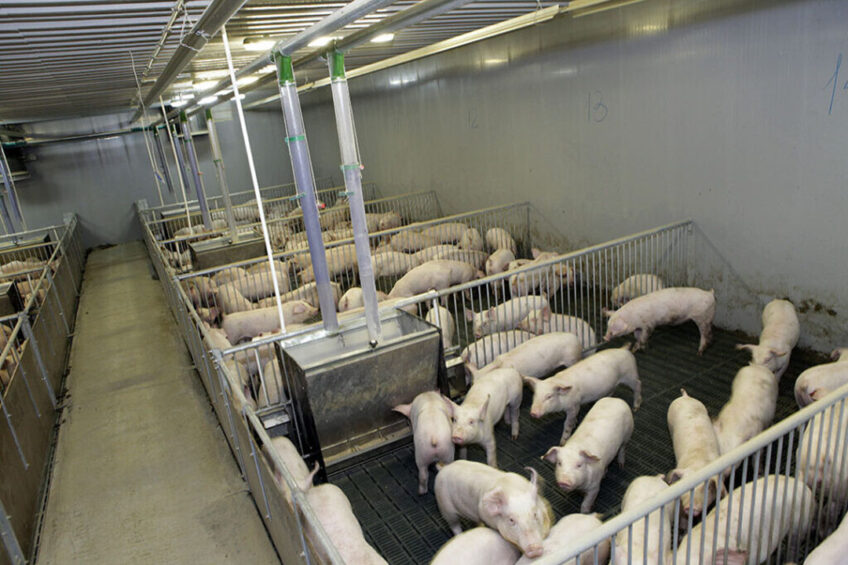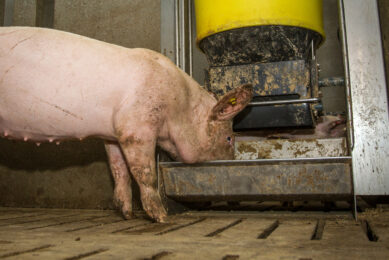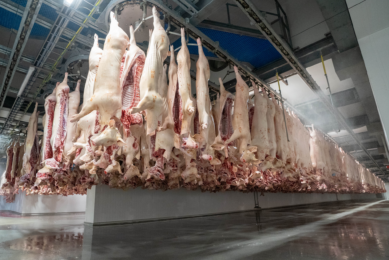Growth of Russian pig industry set to continue, export in jeopardy

Russian pork production is expected to grow by 200,000 tonnes in slaughter weight in 2022, Yuri Kovalev, chairman of the Russian Union of Pork Producers said during the Russian Meat & Feed Industry conference on May 24.
In the first quarter of 2022, the Russian pig industry’s output increased by 5.8% or 67,500 tonnes compared to the same period in the previous year.
Export set to dwindle
The supply on the domestic market will increase by an additional 100,000 tonnes due to a drop in export, Kovalev said. He did not provide additional details.
In 2021, Russia exported 124,000 tonnes of pork, compared to 115,400 tonnes in 2020, the Federal Customs Service estimated. Last year, 53,200 tonnes of pork were supplied to Vietnam, 32,300 to Ukraine, 26,100 tonnes to Belarus, 5,100 tonnes to Mongolia, and 4,800 tonnes to Kazakhstan. In total, Russia exported pork to 15 countries.
This year we can only count on an increase in domestic consumption
Looming oversupply
Starting from 2020, the main risk for the Russian pig industry was associated with an oversupplied domestic market, Kovalev said. He added that in the previous 2 years, this problem was leveled by growing exports, a worsening epizootic situation, and a rise in domestic consumption due to stable and relatively low prices.
“This year we can only count on an increase in domestic consumption. However, this will be possible only if the most vulnerable segments of the population are supported [by the government]. Otherwise, pig farmers will have to reduce farm-gate prices, which will negatively affect their financial health, which is already suffering due to rising production costs,” Kovalev said.
In 2022, the production costs in the Russian pig industry are expected to soar by 15% to 20%, he added.
Rising sanction pressure
Speaking earlier in May, Kovalev expressed confidence that not a single segment of the Russian livestock industry felt comfortable in the new conditions.
“The main task of farmers is to adapt [their business] to new conditions as quickly as possible, to adapt to new options, when you have to sharply increase [warehouse] stocks, even despite [rising] prices, you have to choose new logistics routes,” he said. He added that as the sanctions regime strengthens, new problems may arise, including in the field of logistics and payments.
Besides, foreign companies that were not going to stop working with Russia might express some pressure to do so, he added. On the other hand, pig farming is less dependent on imports than some other segments of the livestock industry, so it was coping rather well with the new challenges, Kovalev said.











